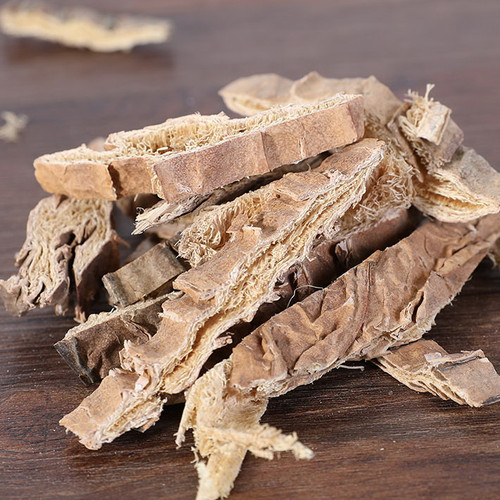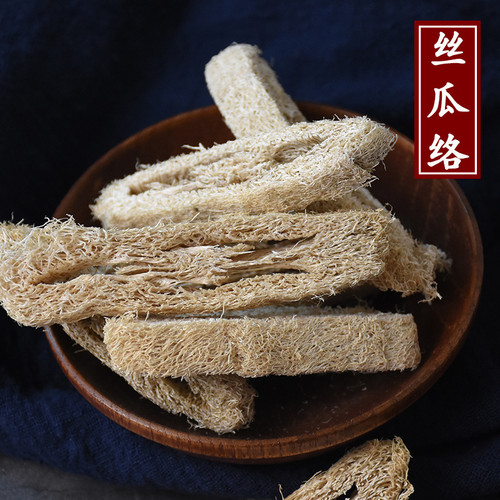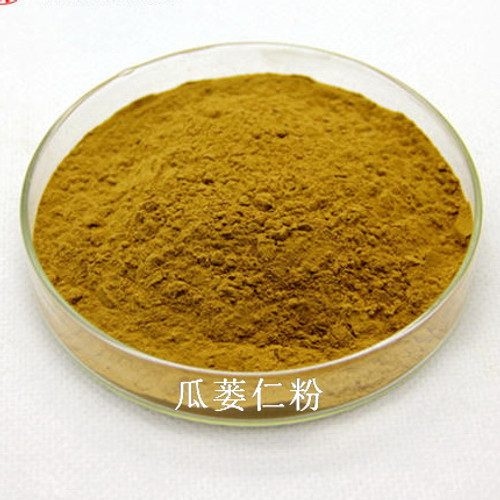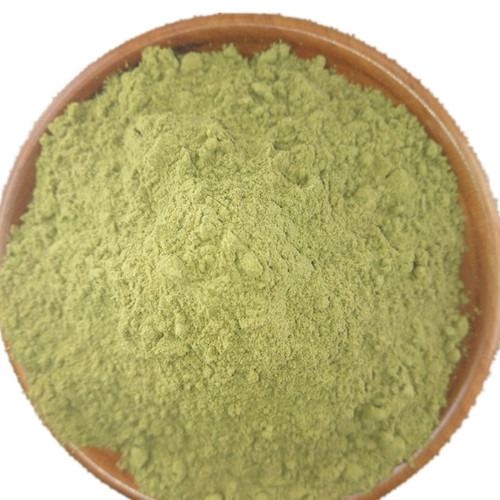Product Overview
Parts used: Dried vascular bundles of ripe fruit
TCM category: Herbs that stabilize and bind
TCM nature: Neutral
TCM taste(s): Sweet
Meridian affinity: Stomach Liver Lung
Scientific name: Luffa cylindrica
Other names: Luffa aegyptiaca, Egyptian cucumber, Vietnamese luffa, Loofah, Dishrag gourd, Rag gourd, Vegetable-sponge, Smooth luffa, Tori
Use of sponge gourds (Si Gua) in TCM
Please note that you should never self-prescribe TCM ingredients. A TCM ingredient is almost never eaten on its own but as part of a formula containing several ingredients that act together. Please consult a professional TCM practitionner, they will be best able to guide you.
Preparation: Let the sponge gourds grow until they dry on the vine. Bang the gourds around to loosen the seeds, peel the skin off, squeeze and rinse the gourd until all that remains is a sponge-like texture.
Dosage: 9-15g
Main actions according to TCM*: Removes obstructions in the Collaterals, promotes blood circulation and cools Blood, clears heat and detoxifies. Facilitate lactation.
Primary conditions or symptoms for which sponge gourds may be prescribed by TCM doctors*: Rheumatoid arthritis Chest pain Mastitis Clogged milk ducts Asthma Hemorrhoids Edema Fever
Common TCM formulas in which sponge gourds are used*:
For painful distension of the breasts due to Liver Qi stagnation combine sponge gourds with bupleurum roots (Chai Hu) and coco-grass rhizomes (Xiang Fu).
Key TCM concepts behind sponge gourds (Si Gua)'s properties
In Traditional Chinese Medicine (TCM), sponge gourds are plants that belong to the 'Herbs that stabilize and bind' category. This category of herbs is used for treating abnormal discharges and displacement of organs. This includes conditions such as diarrhea, discharges from the vagina, penis or rectum as well as prolapse of the uterus or rectum. It is important to note that herbs in this category only treat symptoms, so one should also use herbs to treat the underlying Deficiency.
Furthermore sponge gourds are plants that are Neutral in nature. This means that sponge gourds typically don't affect the balance in your body. Balance between Yin and Yang is a key health concept in TCM. Eating too many "Hot" (Yang) ingredients can lead to an imbalance whereby one has a Yang excess. The inverse is true as well: too many "Cold" (Yin) ingredients can lead to a Yin excess. The Neutral nature of sponge gourds means that you don't have to worry about that!
Sponge gourds also taste Sweet. The so-called "five elements" theory in Chinese Medicine states that the taste of TCM ingredients is a key determinant of their action in the body. Sweet ingredients like sponge gourds tend to slow down acute reactions and detoxify the body. They also have a tonic effect because they replenish Qi and Blood.
The tastes of ingredients in TCM also determine what organs and meridians they target. As such sponge gourds are thought to target the Stomach, the Liver and the Lung. In TCM the Stomach is responsible for receiving and ripening ingested food and fluids. It is also tasked with descending the digested elements downwards to the Small Intestine. The Liver on the other hand is often referred as the body's "general" because it is in charge of regulating the movements of Qi and body fluids. It also takes a leading role in balancing our emotions. In addition to performing respiration, the Lungs are thought to be a key part of the production chain for Qi and the body fluids that nourish the body.
Use of sponge gourds (Si Gua) as food
Sponge gourds are also eaten as food. It is used as an ingredient in dishes such as Sponge gourd curry or Stuffed sponge gourd.






